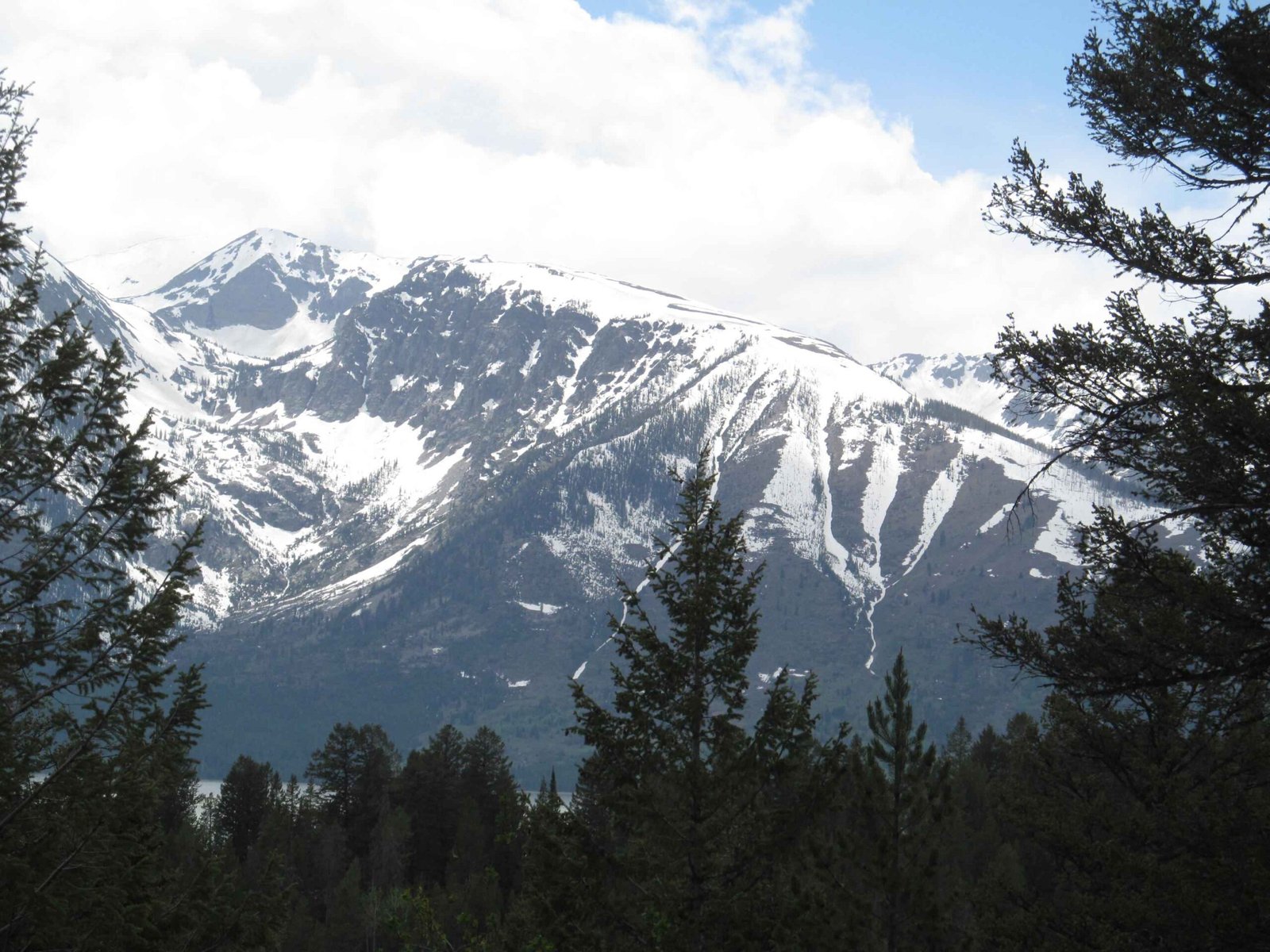Grand Teton National Park transforms into a pristine winter playground, offering cross country skiers an unparalleled experience through snow-covered landscapes. With over 310,000 acres of breathtaking terrain, skiers can explore meticulously groomed trails, navigate challenging backcountry routes, and immerse themselves in stunning mountain vistas that showcase the park’s dramatic winter ecosystem. From beginner-friendly paths to advanced mountain trails, this winter destination provides an extraordinary cross country skiing adventure for every skill level.
What Makes Grand Teton Unique for Cross Country Skiing?
Cross country skiing in Grand Teton National Park offers an extraordinary winter experience characterized by:
- Diverse Terrain: Ranging from flat valley floors to challenging mountain trails
- Spectacular Scenery: Panoramic views of the Teton mountain range
- Wildlife Viewing: Potential encounters with winter wildlife like elk and moose
- Well-Maintained Trails: Regularly groomed routes for optimal skiing conditions
Where Are the Best Cross Country Ski Trails?
Taggart Lake Trailhead Trails
| Trail Name | Difficulty | Length | Highlights |
|---|---|---|---|
| Jenny Lake Trail | Beginner | 8 miles round trip | Flat, scenic route |
| Taggart Lake Trail | Intermediate | Varies | Rolling foothills terrain |
Granite Canyon Routes
- Phelps Lake Trail
- 4.8 miles round trip
- Follows Moose-Wilson Road
-
Scenic lake destination
-
Death Canyon Trail
- Approximately 3 miles
- Challenging backcountry route
- Wilderness exploration opportunity
How Should Skiers Prepare for Grand Teton Skiing?
Essential Preparation Tips
- Check current weather conditions before departure
- Carry appropriate winter safety gear
- Pack emergency communication devices
- Bring layers for temperature fluctuations
- Understand basic avalanche safety protocols
What Equipment Do You Need?
Recommended Cross Country Ski Gear:
– Lightweight, insulated ski clothing
– Waterproof outer layers
– Moisture-wicking base layers
– Cross country skis and poles
– Ski boots compatible with trail conditions
– Navigation tools (map, GPS)
– First aid kit
– Hydration and energy snacks
When Is the Best Time to Ski?
The prime cross country skiing season in Grand Teton occurs between December and March, characterized by:
- Consistent snowfall
- Temperature range: -10°F to 30°F
- Optimal snow base for skiing
- Minimal avalanche risk in groomed areas
How to Access Ski Rentals?
Rental Locations:
– Dornan’s at Moose
– Jackson outdoor shops
– Signal Mountain Lodge
– Local ski rental services in nearby towns
What Safety Considerations Exist?
Critical Safety Recommendations
- Always ski with a partner
- Check park ranger advisories
- Carry avalanche safety equipment
- Understand your skill level
- Stay on marked trails
- Carry emergency communication devices
How Difficult Are the Trails?
Trail difficulty varies from beginner-friendly routes like Jenny Lake (flat, 8 miles) to advanced challenges such as Signal Mountain Summit (12 miles, 900-foot elevation gain).
What Wildlife Might You Encounter?
Winter wildlife potentially visible during cross country skiing:
– Elk herds
– Moose
– Bison
– Bighorn sheep
– Occasional wolf packs
Cost and Permit Information
- Park entrance fee: $35 per vehicle
- No additional cross country skiing permit required
- Recommended to purchase daily or annual park pass
Pro Tips for an Exceptional Experience
- Start early in the day
- Check trail conditions beforehand
- Bring extra layers
- Carry sufficient water and snacks
- Practice Leave No Trace principles
Reference:
– Grand Teton National Park Official Website
– Jackson Hole Skiing Information
– Teton Park Winter Conditions

